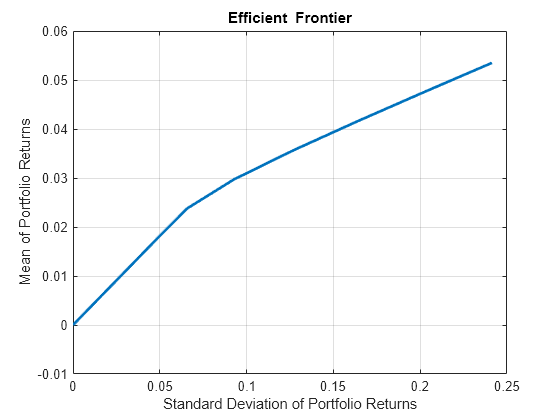abs2active
Convert constraints from absolute to active format
Description
ActiveConSet = abs2active(AbsConSet,Index)
Examples
Input Arguments
Output Arguments
Algorithms
abs2active transforms a constraint matrix to an equivalent matrix
expressed in active weight format (relative to the index). The transformation equation
is
Therefore
The initial constraint matrix consists of
NCONSTRAINTS portfolio linear inequality constraints expressed in
absolute weight format. The index portfolio vector contains NASSETS
assets.
Version History
Introduced before R2006a
See Also
active2abs | pcalims | pcglims | pcpval | portcons | Portfolio | setInequality

